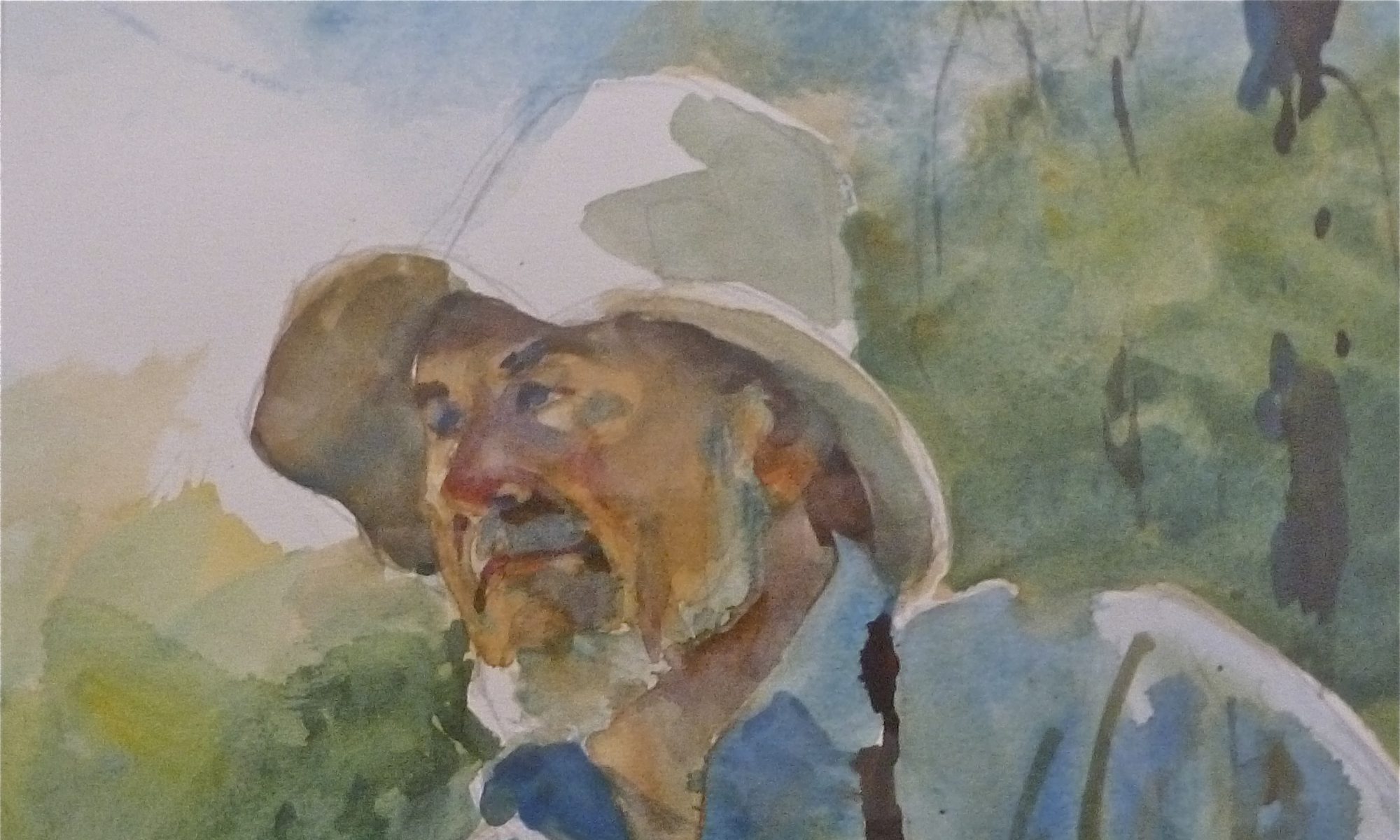If you have read my last blog, you know what an expert I was at knowing who was coming up and down Summer Street in their cars. There was one sound that I dreaded: the bell.
Sometime in the summer before World War II, I could faintly hear a bell up Summer Street past the Seaview Garage. I would run out to the edge of the street and see, just coming over the hill, a horse and wagon. Its bell would ding-ding-ding as the horse stepped along.
The Gypsies were coming! I would hightail it out to the Station Street side of our house and hide in the corner outside the porch. As I heard the bell pass by on Summer Street, I would peek past the corner of the house and watch them pass the Bonneys’ and then out of site. I would be a wreck!
My Dad thought they came to town for the Marshfield Fair, to sell wares, read palms, cards and other Gypsy tricks. My Mom told me the gypsies stole children!
My Dad said that they came every year at fair time, and they camped down at the Round’s farm. That was the dirt road beside 91 Summer Street. I was told to stay in the yard, and to make sure Mom knew where I was. I did and did!
After supper, at dusk, I could hear chanting and singing faintly off toward the farm. When the wind was just right, I could smell a fire burning. As the next few years went by, the gypsies came and went. One year — I must have been 12 or 13 — I was now old enough to be a Boy Scout and had a compass. It was with me most of my time not in school, as taking it to school was forbidden, as there were some bullies that would take it.
One afternoon I was sitting on the stone wall beside our house, trying to learn all of the directions and degrees for a merit badge, and then I heard the bell coming. I jumped up to look up Summer Street and sure enough, the Gypsies were coming. I was much older now, not a child anymore. I knew I could hide behind the big maple tree beside the house. I was about as big around as a pencil and the big tree would hide me. I would be able to see them up close as they passed.
As they approached, I had to slide around so as not to be seen, It worked — they went past, I could see the lady on the right side of the seat, the bright trim on the canvas cover, some tools attached to the wagon. I could even smell the horse.
As I came out on the south side of the tree and watched, the lady’s arm dropped down and she waved her finger. OH S—! She saw me! What to do?
I told my parents, and my Dad said not to worry. “They have been coming for years and no one has had any problems with them.”
I don’t remember when they stopped coming, nor did I ever find their campsite. My friend, the late Phil Randall, told me they camped not too far from the spring and not too far from his shop.
I recently spoke with a former Seaview resident, 90 year old Helen. She too remembers the Gypsies. Where they came from, or who they were, remains a mystery to me.
“Inside Every Older Person
Is A Younger Person Wondering
What The Hell Happened!”
Ray Freden, Marshfield, 70 years.





 1940 Sterling Dump Truck
1940 Sterling Dump Truck











